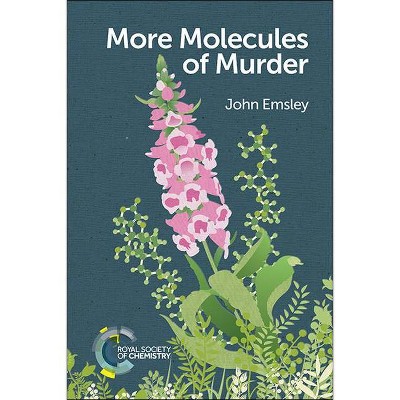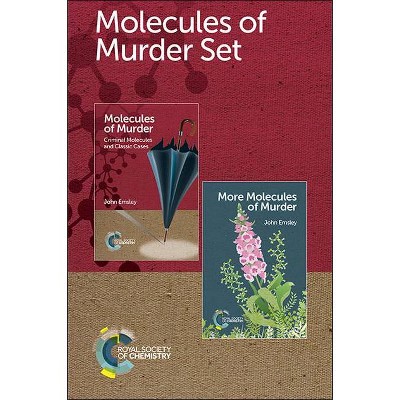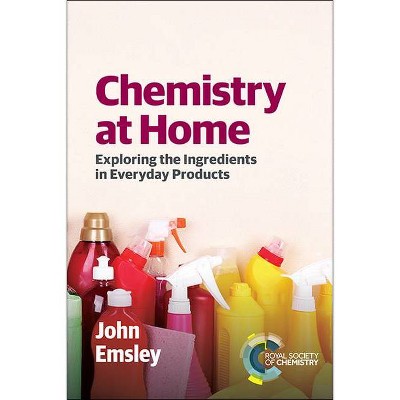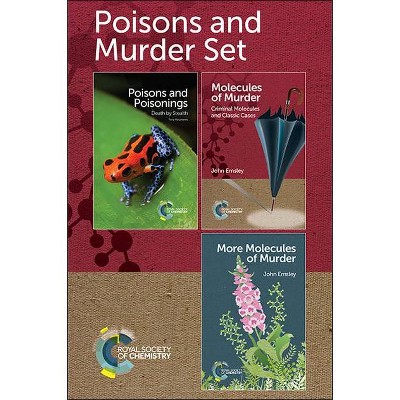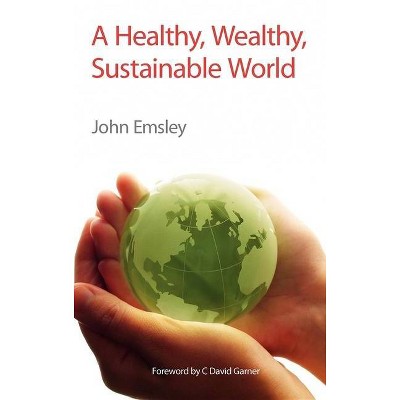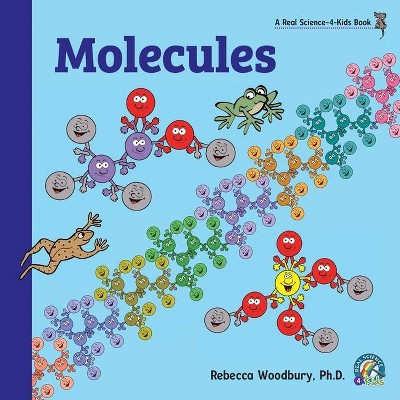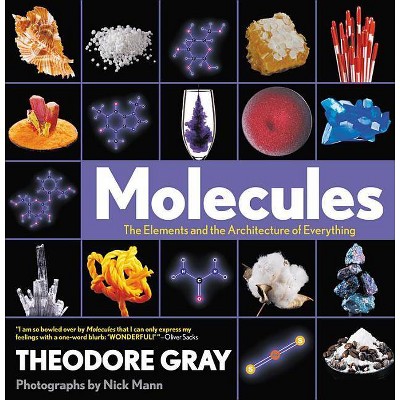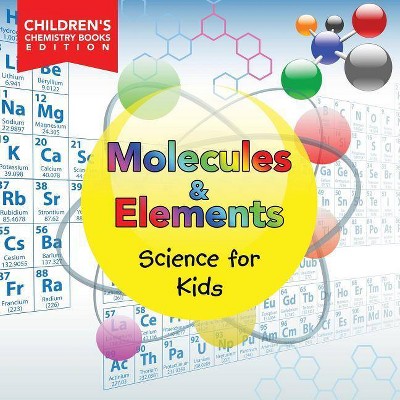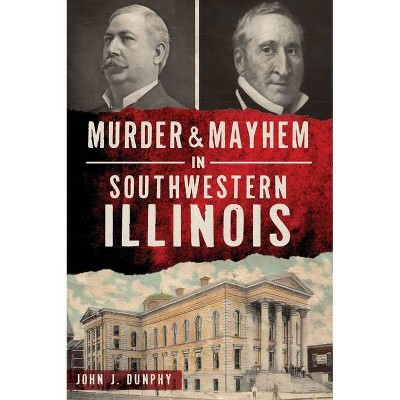Molecules of Murder - by John Emsley (Paperback)
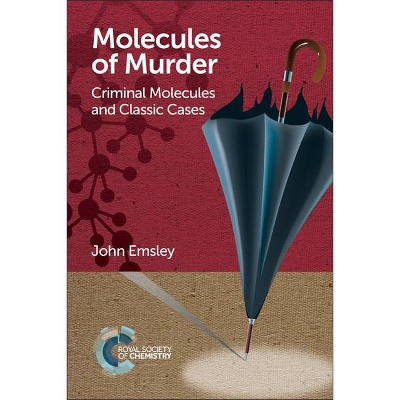
Similar Products
Products of same category from the store
AllProduct info
<p/><br></br><p><b> About the Book </b></p></br></br>This fascinating book takes the reader on a journey of discovery into the world of dangerous organic poisons.<p/><br></br><p><b> Book Synopsis </b></p></br></br>This fascinating book takes the reader on a journey of discovery into the world of dangerous organic poisons. Molecules of Murder describes ten highly toxic molecules which are of particular interest due to their use in notorious murder cases. Each chapter explores the discovery of the molecules, their chemistry and effects in humans, followed by a re-examination of their deliberate misuse in high profile murder cases! Molecules of Murder makes enthralling reading for both scientists and non-scientists alike.<p/><br></br><p><b> From the Back Cover </b></p></br></br>Molecules of Murder is about infamous murderers and famous victims; about people like Harold Shipman, Alexander Litvinenko, Adelaide Bartlett, and Georgi Markov. Few books on poisons analyse these crimes from the viewpoint of the poison itself, doing so throws a new light on how the murders or attempted murders were carried out and ultimately how the perpetrators were uncovered and brought to justice. Part I includes molecules which occur naturally and were originally used by doctors before becoming notorious as murder weapons. Part II deals with unnatural molecules, mainly man-made, and they too have been dangerously misused in famous crimes. The book ends with the most famous poisoning case in recent years, that of Alexander Litvinenko and his death from polonium chloride. The first half of each chapter starts by looking at the target molecule itself, its discovery, its history, its chemistry, its use in medicine, its toxicology, and its effects on the human body. The second half then investigates a famous murder case and reveals the modus operandi of the poisoner and how some were caught, some are still at large, and some literally got away with murder. Molecules of Murder will explain how forensic chemists have developed cunning ways to detect minute traces of dangerous substances, and explain why some of these poisons, which appear so life-threatening, are now being researched as possible life-savers. Award winning science writer John Emsley has assembled another group of true crime and chemistry stories to rival those of his highly acclaimed Elements of Murder.<p/><br></br><p><b> Review Quotes </b></p></br></br><br>...each chapter is full of interesting nuggets of information that you just don't find in the standard toxicology textbooks....an excellent read for the chemist, toxicologist or occupational hygienist who is interested in the world of true crime....the writing is a model of clarity, the stories logically laid out.Highly recommended, too, for anybody who enjoys a good thriller!-- "Safety and Health Practitioner"<br><br>In this highly engaging, detailed and morbidly fascinating slim volume, chemist John Emsley narrates the stories of those who made use of science for killing their fellow beings through deadly meansThe cases are fascinating for science buffs because of the scientific background about the poisons, and for others for the ingenious thinking that went both into murders and the detective work involved in solving them.-- "Ashutosh Joglekar Blog, December 04, 2008"<br><br>Molecules of murder is a paean to forensic chemistry. It is also an eminently readable discussion of classic poisoning cases and the science behind them.-- "Molecular Interventions, P146."<br><br>The accounts are superbly written, with appropriate ammounts of chemistry expertly blended with gripping accounts of criminal acts....I found this book fascinating and a brilliant mixture of chemistry and crime. The writing is excellent, the research thorough and the resulting book outstanding.-- "Education in chemistry, John Nicholson."<br><br>This book is a must read for students of forensic science....is the right balance between a book on toxicology and an analysis of the use of poisons in crimeThe case study analysis makes the book useful in other disciplines apart from a pure science and this would be a very good text for use in criminolgy or other social science based coursesThe book has a very good glossary making it a useful reference source-- "Physical Science Centre, Volume 9, Issue 2"<br><br>This book is clearly written and much easier to digest than the compounds it describes.Emsley has written a book that satisfies the true-crime reader as well as the science-orientated specialist.I'm sure Gil Grisson, former head of the forensic investigation team in the TV Show CSI would have a copy on his shelf-- "Chemical and Engineering News, Feb 2 2009, Volume 87, Number 05, Charles Tumosa"<br><br>This very well written book should find its way into most school libraries, as it will appeal to those - young and old - who are fascinated either by the chemistry involved, or by the history of several murder cases.-- "Science in School, issue 13, Tim Harrison, University of Bristol."<br><p/><br></br><p><b> About the Author </b></p></br></br>Dr John Emsley is best known for his series of highly readable popular science books about everyday chemistry, some of which have run into multiple editions and printings in the UK, and all of which have been translated into several other languages. He has also published in national newspapers and magazines, and he has written chemistry text books and booklets for industry. John has a carved an impressive career in popular science writing and broadcasting over the past 20 years, emphasising the benefits of chemistry, and the chemical and pharmaceutical industries. John's chemistry career started in 1960 with a PhD in phosphorus chemistry from Manchester University. With spells at the University of London, Westfield College and Kings College as lecturer and reader, he became science writer at Imperial College and then the University of Cambridge where his prolific writing career took off. With his background in chemistry he has had over 110 original research papers published, mainly on phosphorus chemistry and on hydrogen-bonded systems. He has also had more than 500 popular science articles and features published in: New Scientist, The Independent (for which he did a regular column 'Molecule of the Month' for six years), The Guardian, Chemistry in Britain, Chem Matters, Focus, Science Watch and many more. Some of his best selling popular science books include: Better Looking, Better Living, Better Loving, (2007), Elements of Murder (2005), Vanity, Vitality & Virility (2004), Nature's Building Blocks (2001), The Shocking History of Phosphorus (2000), Molecules at an Exhibition (1998) and The Consumer's Good Chemical Guide (1994, Science Book Award Winner) His skills derive from the objectivity gained through a combination of an academic background and freelance writing. The breadth and the topicality of his coverage of chemical issues is second to none, and ranges from food chemistry to advanced semiconductors, from alchemy to Viagra. Although John is primarily an inorganic chemist he has proved himself capable of covering all branches of chemistry, helped in no small way by his willingness to consult those with specialist knowledge and to enlist them in checking his texts before publication. In this way his writing has gained a reputation for thoroughness of coverage and reliability of content. No science has suffered as much from media alarms and misinformation than chemistry, and much of this would have gone unchallenged but for John Emsley. John is regularly approached by the media and asked to take part in broadcasts, more often simply seeking advice on some aspect of chemistry, and his skill is to be able to provide a clear explanation. He is well-known to many in the media and he has been a stalwart of the Association of British Science Writers for 25 years. Dr Emsley is a great science communicator. His entertaining books have contributed to the advancement of a positive awareness of science and he says of himself in the preface of his book Nature's Building Blocks: 'As a writer of popular science, I am aware of the desire of people to know more of the world about them.'
Price History
Cheapest price in the interval: 22.99 on October 22, 2021
Most expensive price in the interval: 22.99 on November 8, 2021
Price Archive shows prices from various stores, lets you see history and find the cheapest. There is no actual sale on the website. For all support, inquiry and suggestion messagescommunication@pricearchive.us
